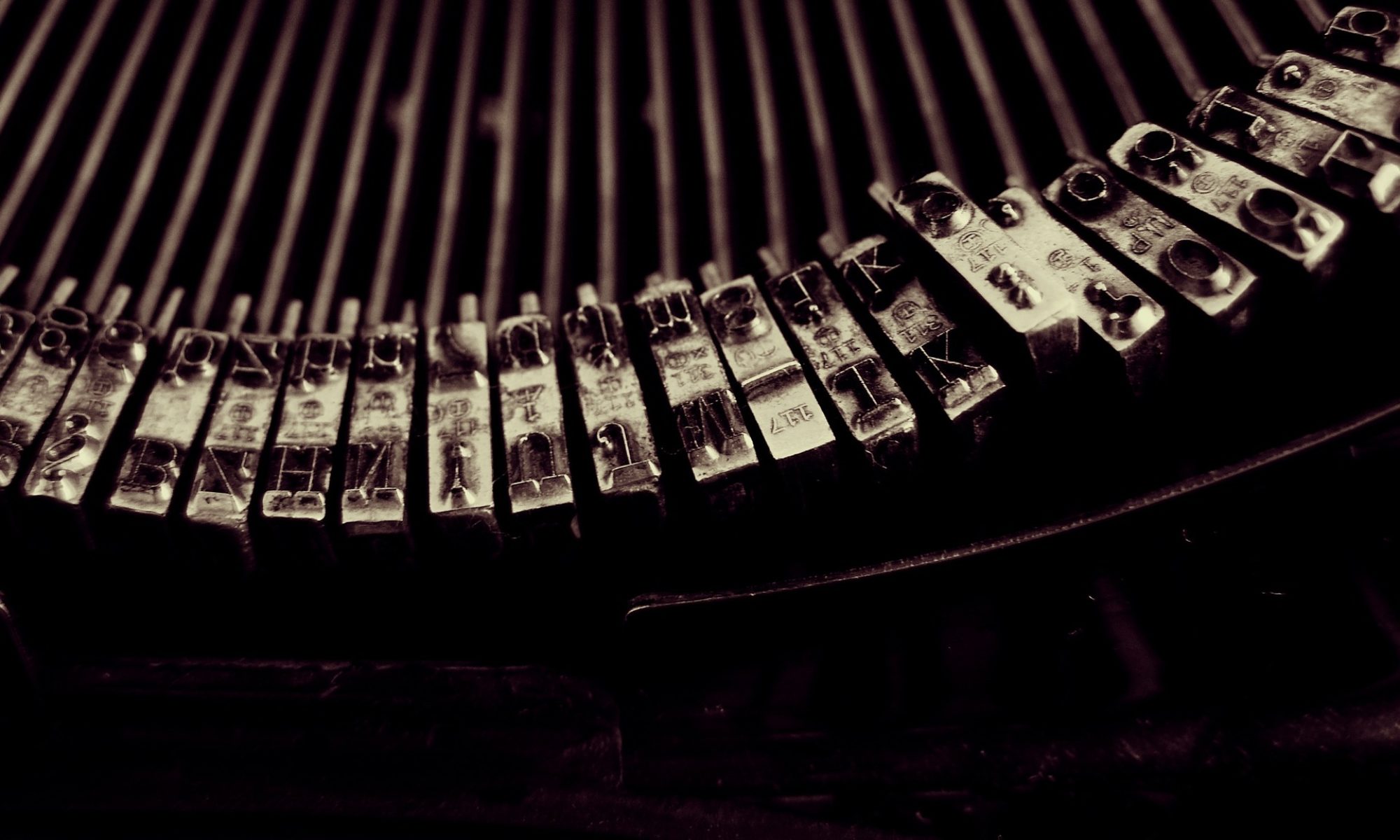
Hey journalers! In my adventures in self-instruction I found a website with five rules for watercolor painting. I’ve come to think that they might apply equally to writing.
* * *
Day 3 – A Watercolorist’s Journal
- Leave some white paper, at least 1/4 of the page, on your first wash. In other words, leave lots of holes, to be filled in later by you or in the mind’s eye of your reader. Do not bombard your reader with an impenetrable slab of description. Consider, for a watercolor-y effect, not telling your reader that “James is the sort of person who does x, y, and z.” Have him engage in a little x in the foreground, hint at some z in the background, and let y exist somewhere off the page. Allow your reader to connect the dots.
- Avoid mixing too many colors. Limit yourself to three in a given wash before letting things dry. As I’ve noted here before–and indeed it may just be the theme of this website–constraints are our friends. Setting simple boundaries constructs a frame in which your writing can bloom, fresh and unmuddied. Having too many choices can be paralyzing. Having an assignment–committing to a genre, subject matter, or structural device, working hard to incorporate some random detail–is like selecting a limited palette. It is a challenge to your brain: here, make something of this! And your brain, seeing nothing but the few necessary tools at hand, gets right to work.
- Avoid too much detail at the beginning. Now this one, perhaps, does not apply so neatly to writing. The point is to start big, get the shapes and values right, then work in the details. We must do the same with writing, thinking about plot, backstory, character arcs, but, unlike painters, we can work in reverse if we like, from the inspiration of a small detail: a snippet of dialog, or the way a character ties his shoes. The point is to keep depth in mind, to always work forward and back between the broad strokes and the minute flourishes.
- Work all around your painting. “An isolated sketch is charming … but it’s not a finished painting. It never hurts to have a finished composition in mind and know where you want to lead your reader, from this point, to this, to this, just as a painter thinks about how to draw a viewer’s eye from point to point around a painting. Challenges like NaPoWriMo and SToryADay are great for this because they give you practice thinking in terms of a finished product, accepting the results for what they are, and charging ahead to think of another finished product; a complete–perhaps flawed, but finished–composition.
- Clean your water! Change it with every wash. Water is the magical, essential element in watercolor painting. It’s what brings the hard little squares of pigment to life. It’s what lets them flow and mix, puddle and swirl. In writing, we paint with words. And the magical liquid substance that gets them all juicy and lubricated is … what, exactly? If only it were water! No, it is something much more mysterious, though perhaps no less elemental. But like water, it needs flushing. It needs to flow. We can’t dip our brushes into the dry little smears of last week’s paint and force out a new painting. We need a flow of fresh thoughts and experiences, and we need–through daily writing–to train that flow into a tributary leading directly to our pens and keyboards. We need to keep things nice and juicy.
Rules to live by, writers. Happy journaling!
